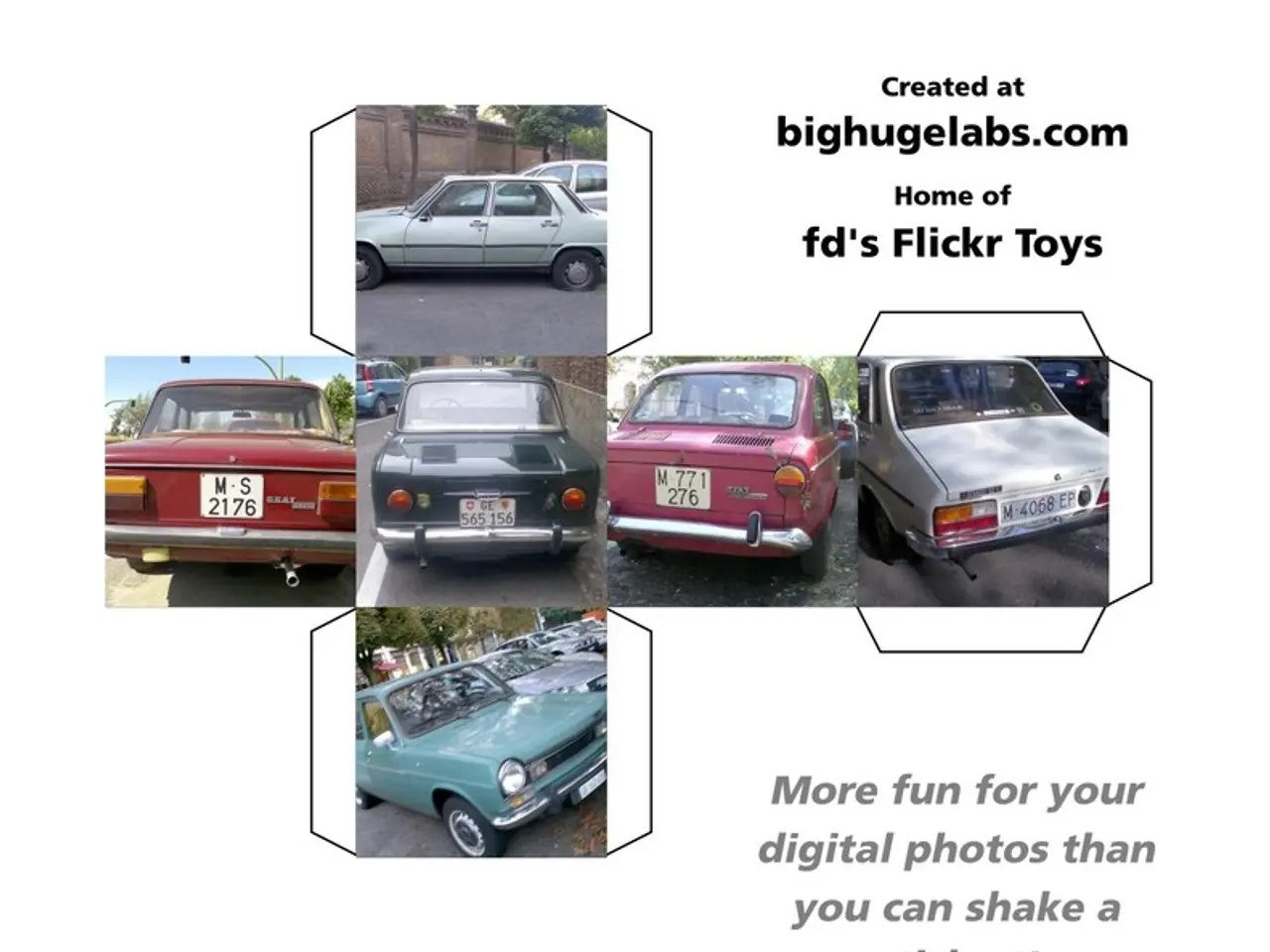Cookies employed by Autovista24 enhance your browsing experience
In the rapidly evolving world of electric vehicles (EVs), October 2024 saw a clear dominance of battery-electric vehicles (BEVs) in global sales. The Tesla Model Y led the pack with 85,494 registrations, followed by various BEV models such as the Audi Q4 e-tron, Tesla Model 3, MG4, and BMW i4 [1]. Notably, no PHEV made it to the top global EV sales list for October 2024.
In the PHEV market, the BYD Song emerged as the top-selling model worldwide, delivering 74,353 units in October [2]. The BYD Qin L came in second with 39,316 registrations [2]. These figures reflect a significant growth in PHEV sales, with a total of 686,048 PHEVs registered globally in October, marking a 66.8% year-on-year increase [2].
China, historically a leading market for electric vehicles, saw the BYD Song PHEV as the top-selling plug-in hybrid in the country [3]. In the UK, while PHEV registrations peaked at around 24,500 units in peak months, they represent significant but regionally limited demand compared to overall EV sales [2].
Intriguingly, Iceland's top-selling PHEV in 2017 was the Mitsubishi Outlander PHEV, but more recent data is not specified [3].
The global BEV market saw a surge, with nearly 8.5 million new BEVs registered between January and October 2024, representing a year-on-year increase of 13.2% [2]. The Tesla Model Y was the best-selling BEV globally, with 929,618 deliveries between January and October [2].
The Chinese market played a significant role in this growth, accounting for 535,957 of the new PHEVs registered in October [3]. The Chinese market also saw the BYD Yuan Plus (also known as the Atto 3) record a 28.3% year-on-year decrease in its BEV deliveries [2].
The Wuling Mini, on the other hand, experienced a 68.1% year-on-year growth in its BEV deliveries [2]. The Changan Lumin claimed 1.6% of the global BEV market with its volume of 17,064 units [2]. The Xiaomi SU7, with deliveries limited to the Chinese market in October, achieved 1.9% of the global BEV market [2].
In conclusion, while BEVs dominate the top global sales by model in October 2024, PHEV sales are significant in key markets like China and the UK. However, BEVs appear to outsell PHEVs at the highest levels, with no PHEV making it to the top global EV sales list for October 2024. The next generation of the Wuling HongGuang Mini has undergone a growth spurt, indicating a promising future for PHEVs.
Technology continues to shape the automotive industry, as seen in the surge of electric vehicles (EVs) and plug-in hybrid electric vehicles (PHEVs) in global sales. In October 2024, battery-electric vehicles (BEVs) led the market with the Tesla Model Y claimining the top spot, while the BYD Song emerged as the top-selling PHEV worldwide.





